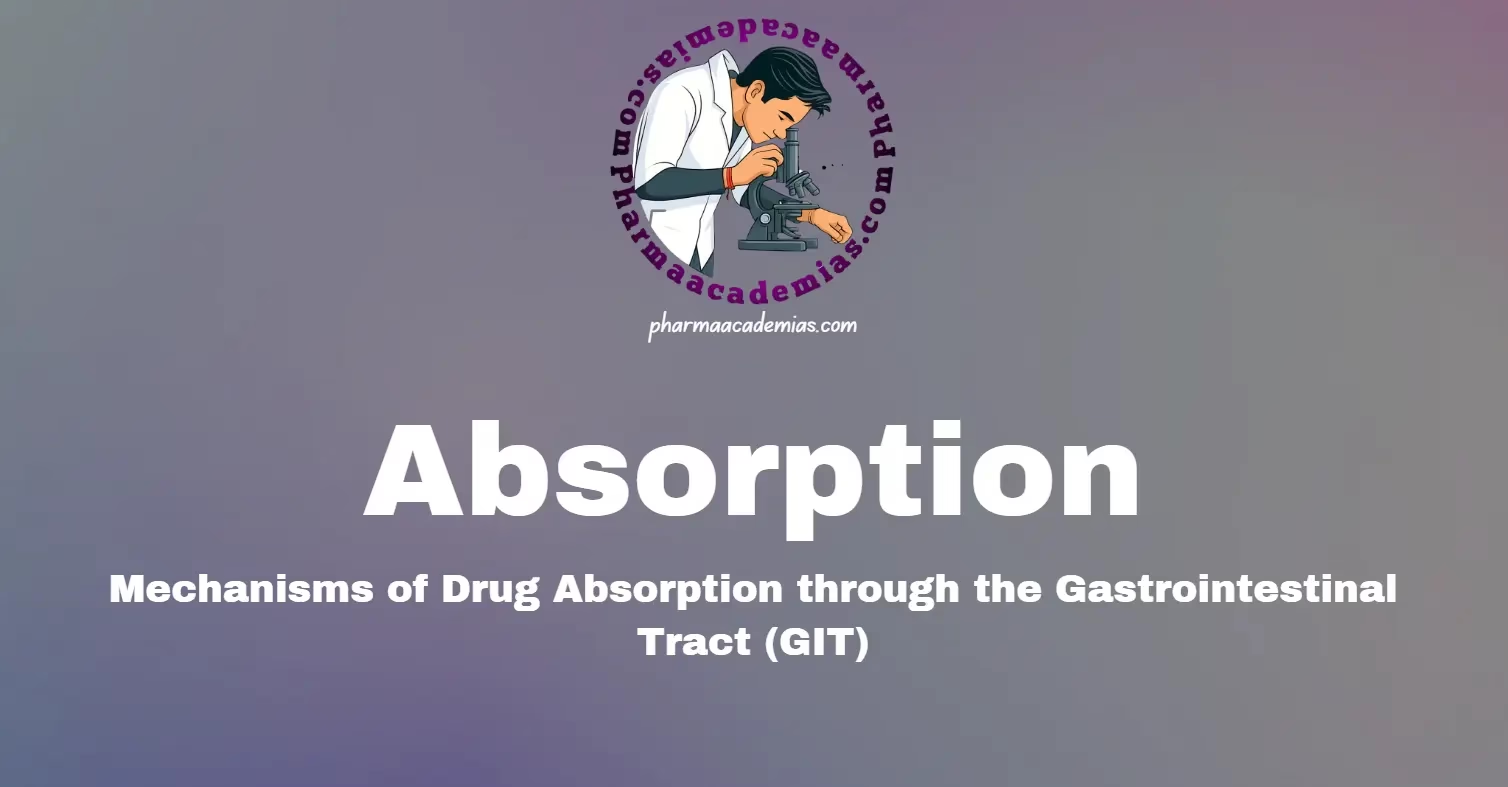Absorption of Drugs from Non-Per-Oral Extravascular Routes
Absorption of Drugs from Non-Per-Oral Absorption of Drugs from Non-Per-Oral: Drug administration via non-per-oral extravascular routes refers to delivering therapeutic agents into the body through alternative pathways that do not involve the gastrointestinal tract or direct vascular access (such as intravenous or intra-arterial routes). These methods are employed to bypass challenges like poor oral bioavailability, … Read more




